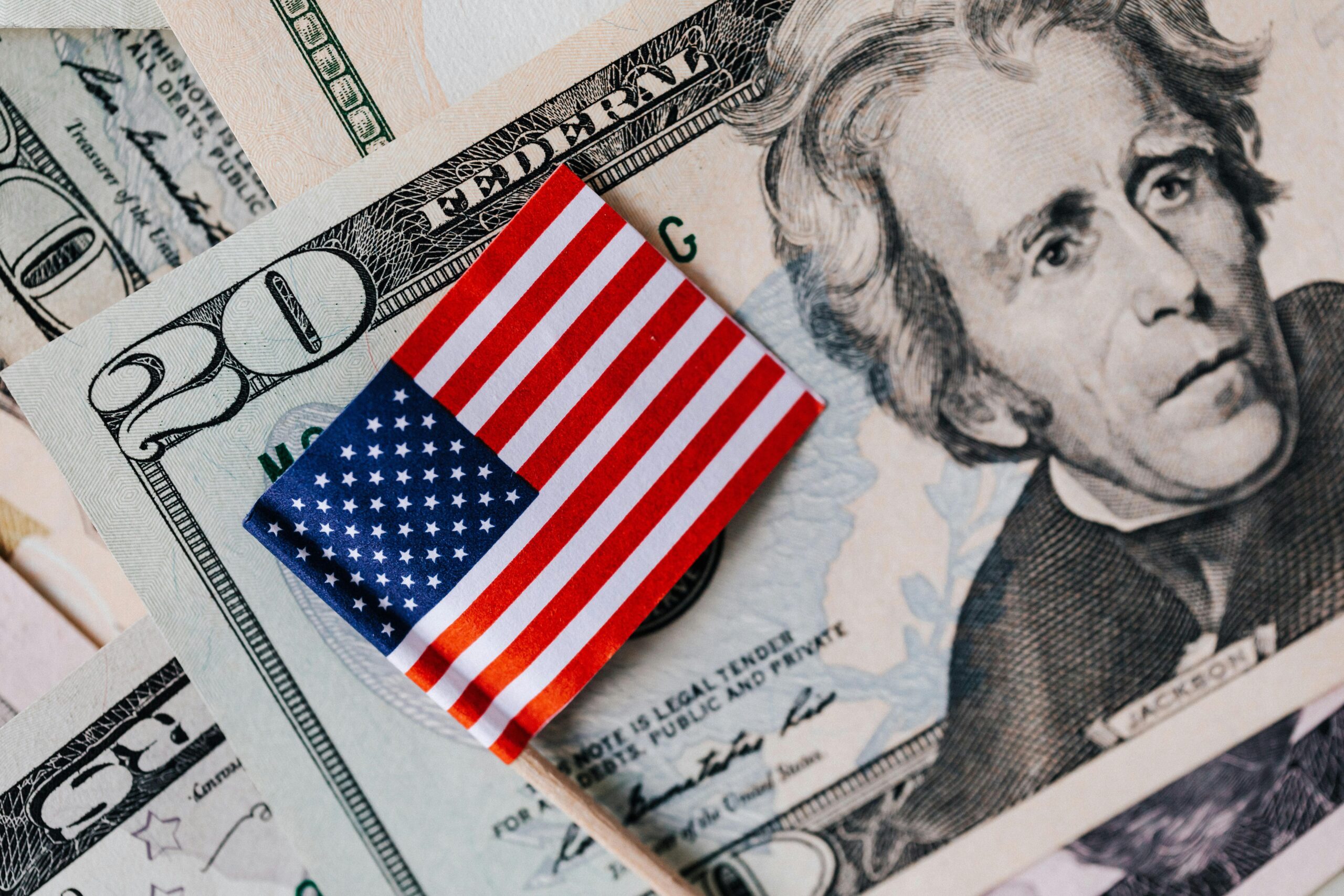Consumer spending continues to drive growth for the US economy.
At the same time, inflation remains stubbornly above the Federal Reserve’s 2% target, with core prices climbing 2.8% year-over-year.
Policymakers are considering further rate cuts, while the new US President threatens more tariffs. Nevertheless, the US economy remains resilient, even in the face of uncertainty.
How is consumer spending shaping the economy?
Consumer spending, the backbone of the US economy, showed resilience in October, rising 0.4% for the month, according to the Bureau of Economic Analysis. This followed an upwardly revised 0.6% gain in September, highlighting continued strength in demand.
Spending on services such as healthcare, housing, and recreation drove the growth, while goods spending remained flat. Adjusted for inflation, real consumer spending edged up 0.1%, indicating a moderate pace heading into the end of the year.
Spending accounts for over two-thirds of US economic activity and played a significant role in the 2.8% annualized GDP growth in Q3, its strongest since early 2023.
The Atlanta Fed now forecasts 2.7% growth for Q4, indicating sustained momentum despite challenges such as elevated borrowing costs and inflationary pressures.
Inflation remains sticky
The Federal Reserve’s preferred inflation measure, the personal consumption expenditures (PCE) price index, rose 2.3% year-on-year in October, up from 2.1% in September.
Core PCE, which excludes food and energy, climbed 2.8%, driven largely by rising costs in services like housing, utilities, and transportation.
These figures highlight the challenge of bringing inflation down to the Fed’s 2% target, where it has remained since early 2021.
Goods prices fell slightly, but persistent housing costs and the spectre of tariffs proposed by President-elect Donald Trump could push inflation higher in 2025.
Economists estimate that tariffs on imports from Canada, Mexico, and China could add 0.9 percentage points to core inflation.
The labour market remains tight
Jobless claims dropped by 2,000 to 213,000 last week, near historic lows, signalling continued labour market strength.
However, continuing claims, which reflect the number of people receiving unemployment benefits, climbed to their highest level since 2021, reaching 1.907 million. This suggests that while layoffs are low, some unemployed workers are struggling to find new jobs.
The unemployment rate has held steady at 4.1% for two months. Meanwhile, personal income grew 0.6% in October, supported by a 0.5% rise in wages, strengthening household budgets during the holiday shopping season.
As long as the consumer feels good, we can expect spending, and as a result, inflation, to remain elevated.
Do businesses feel the same as consumers?
While consumer spending remains strong, business investment appears to be losing steam. Non-defence capital goods orders, excluding aircraft, dropped 0.2% in October, following a 0.3% increase in September.
Economists warn that declining investment in equipment and structures could weigh on future economic growth.
However, Q3 saw notable gains in business spending on equipment, which rose 10.6%, the highest in over a year. Investments in technology were particularly strong, with computer-related outlays surging 39%, marking the largest increase since 2020.
It appears that businesses are still bullish on AI and this is the area that they have kept investing in throughout 2024.
What’s driving consumer confidence?
Consumer confidence has improved sharply in recent months. The Conference Board’s index climbed to 111.7 in November, the highest in over a year.
This reflects optimism about the labour market and economic outlook following the 2024 election, where Donald Trump won the presidency and Republicans gained control of Congress.
Gallup’s economic confidence index also rose post-election, but analysts caution that these shifts are more about political sentiment than tangible economic improvements.
Can the Fed cut rates further?
The Federal Reserve has cut interest rates twice in recent months, bringing its benchmark rate to 4.50%-4.75%, and is widely expected to reduce rates again in December. However, sticky core inflation and uncertainty over Trump’s fiscal policies could complicate the central bank’s decisions.
Minutes from the Fed’s November meeting show officials are divided. Some favour a pause in rate cuts to monitor inflation trends, while others are concerned about the potential impact of rising tariffs on prices.
Key risks and takeaways
While consumer spending is propping up the US economy, not everyone feels optimistic about its outlook.
Persistent inflation, weaker business investment, and potential tariff impacts could dampen growth in 2025. Households, boosted by wage gains and savings, remain active contributors to the economy. Yet, rising costs and stretched budgets could test their resilience.
The US economy remains strong, but the coming months will reveal whether it can sustain this momentum in the face of inflationary and policy-driven headwinds. For now, the focus remains on whether the Fed can achieve its dual mandate of controlling inflation and supporting growth.
The post US economy: confident consumers, sticky inflation? appeared first on Invezz

